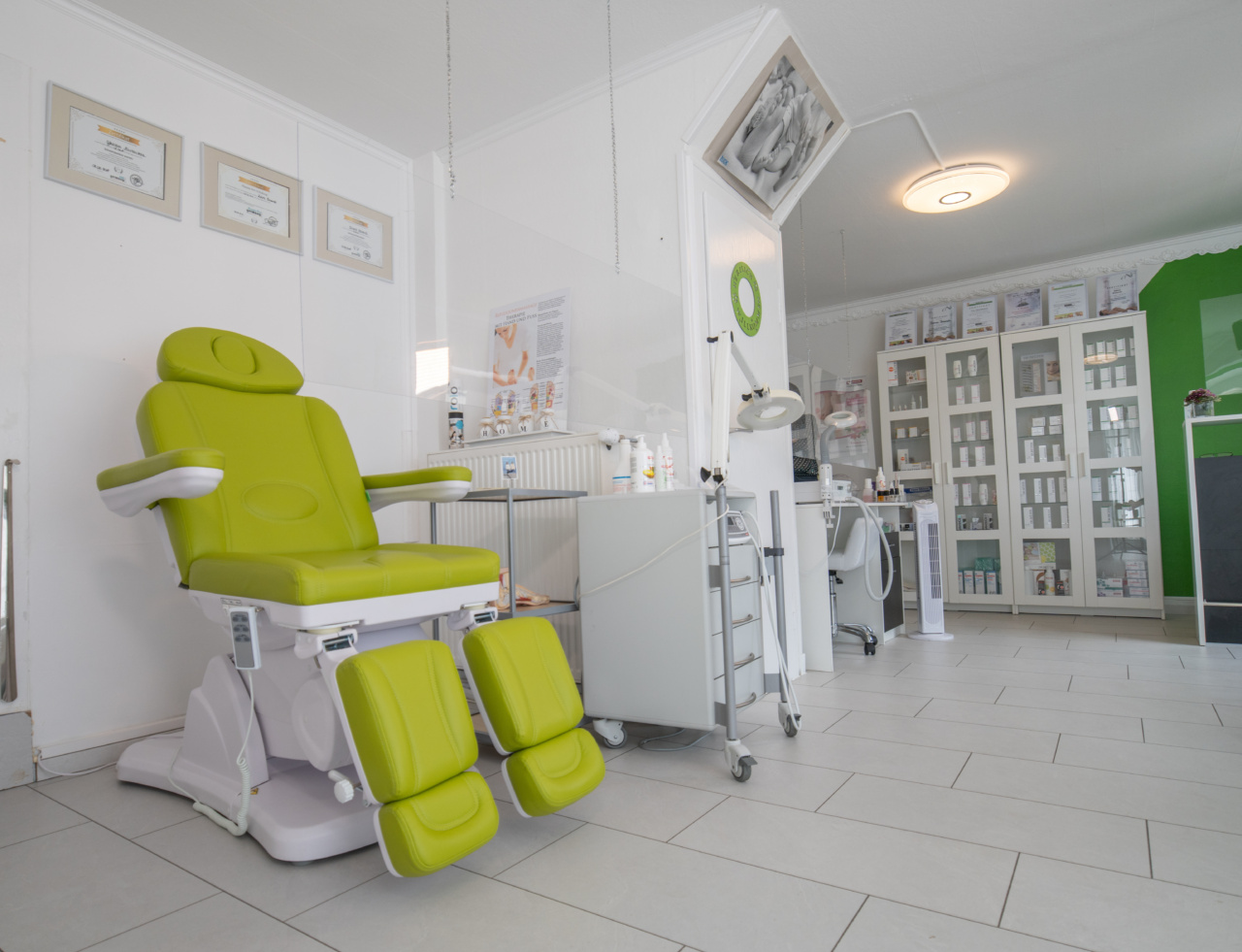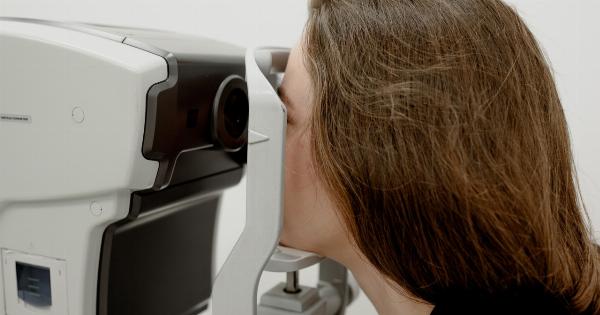For many women, gynecological procedures are a part of life. Whether it’s a routine Pap smear or a surgical intervention for a medical condition, women of all ages face a range of procedures related to their reproductive health.
But what if there was a way to prevent many of these procedures altogether? Thanks to advancements in screening technology, there is.
Understanding the Benefits of Screening
Screening for gynecological conditions can help identify potential issues before they become major problems. In many cases, early detection can prevent the need for surgery or other invasive procedures down the line.
Additionally, screening can help healthcare providers monitor a woman’s reproductive health over time, so they can catch any changes or abnormalities as soon as they occur.
Types of Gynecological Screening
There are several different types of gynecological screening tests, each of which is designed to identify specific conditions or issues. Some of the most common screening tests include:.
Pap Smear
A Pap smear is a screening tool used to identify abnormal cells or changes in the cervix that could indicate precancerous or cancerous conditions.
During a Pap smear, a healthcare provider collects cells from the surface of the cervix using a special instrument. These cells are then sent to a lab for analysis.
HPV Test
Human papillomavirus (HPV) is a common sexually transmitted infection that can cause changes in the cervix that may lead to cancer. An HPV test identifies the presence of HPV in the cervix so that healthcare providers can monitor for potential issues.
Ultrasound
An ultrasound is a noninvasive imaging test that uses sound waves to create images of the uterus, ovaries, and other reproductive organs. Ultrasounds can help detect cysts, fibroids, and other abnormalities that may require medical intervention.
Endometrial Biopsy
An endometrial biopsy is a procedure in which a healthcare provider removes a small sample of tissue from the lining of the uterus. This tissue is then sent to a lab for analysis.
Endometrial biopsies can help identify abnormal cells or other issues that may be related to a woman’s reproductive health.
STD Testing
Sexually transmitted infections (STIs) can have a significant impact on a woman’s reproductive health. Regular STI testing can help identify infections early on so that they can be treated before they cause long-term damage.
Who Needs Gynecological Screening?
The American College of Obstetricians and Gynecologists (ACOG) recommends that women begin receiving regular gynecological exams at age 21.
Depending on a woman’s age, health history, and other factors, healthcare providers may recommend specific screening tests or intervals. In general, healthcare providers suggest that women receive regular Pap smears, HPV tests, and other gynecological screening tests at least once a year.
Conclusion
Gynecological screening is a critical part of women’s reproductive healthcare. By identifying potential issues early on, healthcare providers can help prevent the need for invasive procedures down the line.
If you haven’t received a gynecological exam recently, now is the time to make an appointment with your healthcare provider.





























